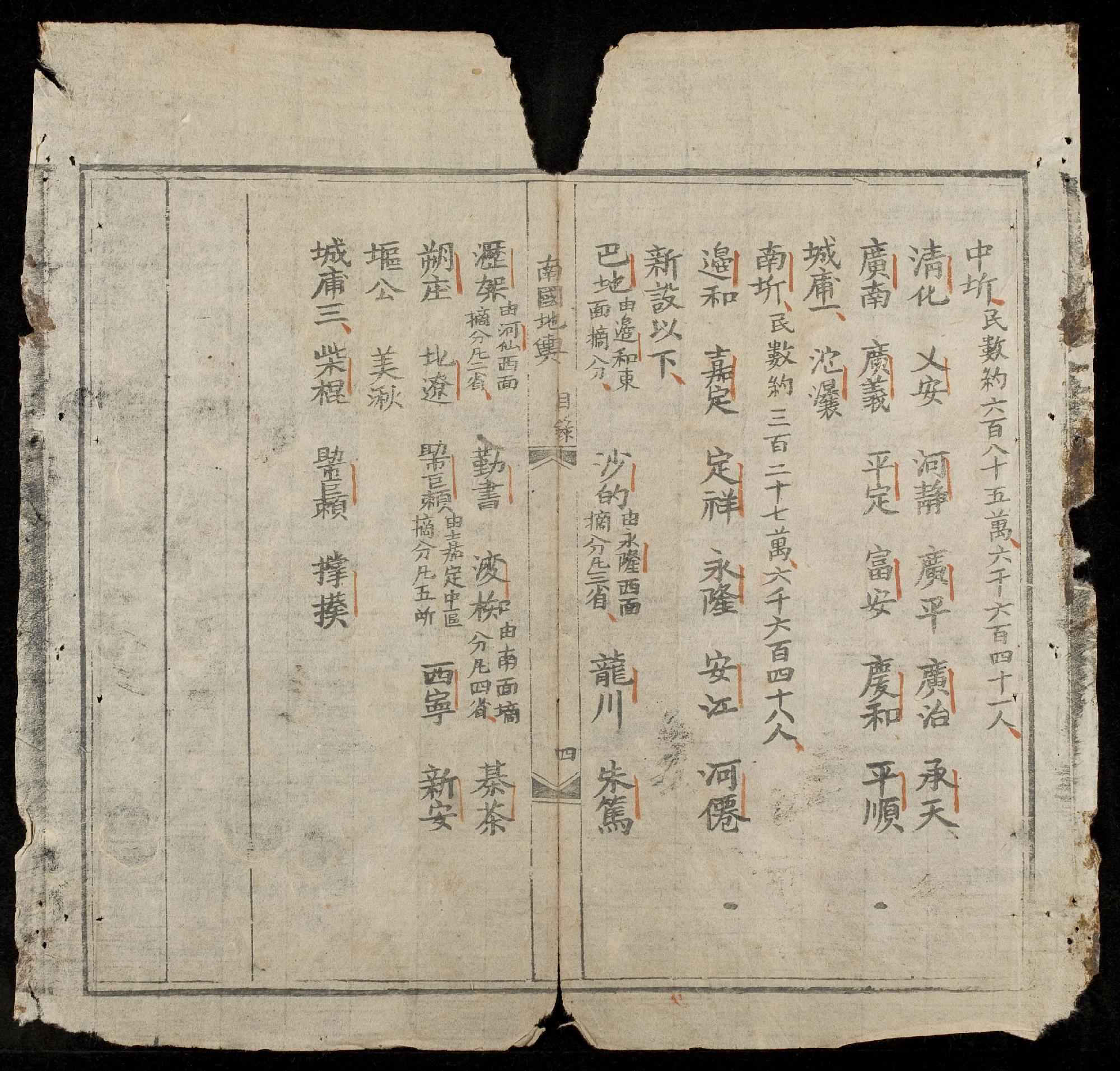|
Diệu Nhân
Lý Thị Ngọc Kiều ( vi-hantu, 李氏玉嬌, 1041 – 1113), dharma name Diệu Nhân (妙因), was a princess during the Lý dynasty in Vietnamese history. She was the 17th leader of the Vietnamese Vinītaruci school of Buddhism. __TOC__ Biography Diệu Nhân was born the eldest daughter of Lý Nhật Trung, a son of Emperor Lý Thái Tông, in 1041.Contradictory entries in the Complete Annals of Đại Việt place her birth in either 1041 or 1042. She was raised in the royal court of Emperor Lý Thánh Tông, then married to a highland chief in Chau Dang (modern Hưng Hóa region). She became a Buddhist monk after the death of her husband. Books *''Đại Việt sử ký toàn thư'' (Tập I, bản dịch). Nhà xuất bản Khoa học Xã hội, Hà Nội, 1983. * Noname, '' Thiền uyển tập anh ngữ lục'' (bản dịch của Ngô Đức Thọ và Nguyễn Thúy Nga). Nhà xuất bản Văn học, Hà Nội, 1990. * Monk Thích Thanh Từ, ''Thiền sư Việt Na ... [...More Info...] [...Related Items...] OR: [Wikipedia] [Google] [Baidu] |
Thăng Long
Hanoi ( ; ; ) is the capital and second-most populous city of Vietnam. The name "Hanoi" translates to "inside the river" (Hanoi is bordered by the Red and Black Rivers). As a municipality, Hanoi consists of 12 urban districts, 17 rural districts, and 1 district-level town. The city encompasses an area of . and as of 2024 has a population of 8,718,000. Hanoi had the second-highest gross regional domestic product of all Vietnamese provinces and municipalities at US$51.4 billion in 2022, behind only Ho Chi Minh City. In the third century BCE, the Cổ Loa Capital Citadel of Âu Lạc was constructed in what is now Hanoi. Âu Lạc then fell under Chinese rule for a thousand years. In 1010, under the Lý dynasty, Vietnamese emperor Lý Thái Tổ established the capital of the imperial Vietnamese nation Đại Việt in modern-day central Hanoi, naming the city Thăng Long ( , 'ascending dragon'). In 1428, King Lê Lợi renamed the city to Đông Kinh ( , 'eastern capit ... [...More Info...] [...Related Items...] OR: [Wikipedia] [Google] [Baidu] |
Thành Phố Hồ Chí Minh
Ho Chi Minh City (HCMC) ('','' TP.HCM; ), commonly known as Saigon (; ), is the most populous city in Vietnam with a population of around 14 million in 2025. The city's geography is defined by rivers and canals, of which the largest is Saigon River. As a municipality, Ho Chi Minh City consists of 16 urban districts, five rural districts, and one municipal city (sub-city). As the largest financial centre in Vietnam, Ho Chi Minh City has the largest gross regional domestic product out of all Vietnam provinces and municipalities, contributing around a quarter of the country's total GDP. Ho Chi Minh City's metropolitan area is ASEAN's 5th largest economy, also the biggest outside an ASEAN country capital. The area was initially part of Cambodian states until it became part of the Vietnamese Nguyễn lords in 1698, due to Đại Việt's expansionist policy of '' Nam tiến''. It was capital of the Nguyễn lords at the end of their existence before the Nguyễn dynasty was ... [...More Info...] [...Related Items...] OR: [Wikipedia] [Google] [Baidu] |
12th-century Vietnamese Women
1 (one, unit, unity) is a number, numeral, and glyph. It is the first and smallest positive integer of the infinite sequence of natural numbers. This fundamental property has led to its unique uses in other fields, ranging from science to sports, where it commonly denotes the first, leading, or top thing in a group. 1 is the unit of counting or measurement, a determiner for singular nouns, and a gender-neutral pronoun. Historically, the representation of 1 evolved from ancient Sumerian and Babylonian symbols to the modern Arabic numeral. In mathematics, 1 is the multiplicative identity, meaning that any number multiplied by 1 equals the same number. 1 is by convention not considered a prime number. In digital technology, 1 represents the "on" state in binary code, the foundation of computing. Philosophically, 1 symbolizes the ultimate reality or source of existence in various traditions. In mathematics The number 1 is the first natural number after 0. Each natural number, ... [...More Info...] [...Related Items...] OR: [Wikipedia] [Google] [Baidu] |
11th-century Vietnamese People
The 11th century is the period from 1001 (represented by the Roman numerals MI) through 1100 (MC) in accordance with the Julian calendar, and the 1st century of the 2nd millennium. In the history of Europe The history of Europe is traditionally divided into four time periods: prehistoric Europe (prior to about 800 BC), classical antiquity (800 BC to AD 500), the Middle Ages (AD 500–1500), and the modern era (since AD 1500). The first early Euro ..., this period is considered the early part of the High Middle Ages. There was, after a brief ascendancy, a sudden decline of Byzantine Empire, Byzantine power and a rise of Normans, Norman domination over much of Europe, along with the prominent role in Europe of notably influential popes. Christendom experienced a formal schism in this century which had been developing over previous centuries between the Latin West and Byzantine East, causing a split in its two largest denominations to this day: Roman Catholicism and Eastern Or ... [...More Info...] [...Related Items...] OR: [Wikipedia] [Google] [Baidu] |


